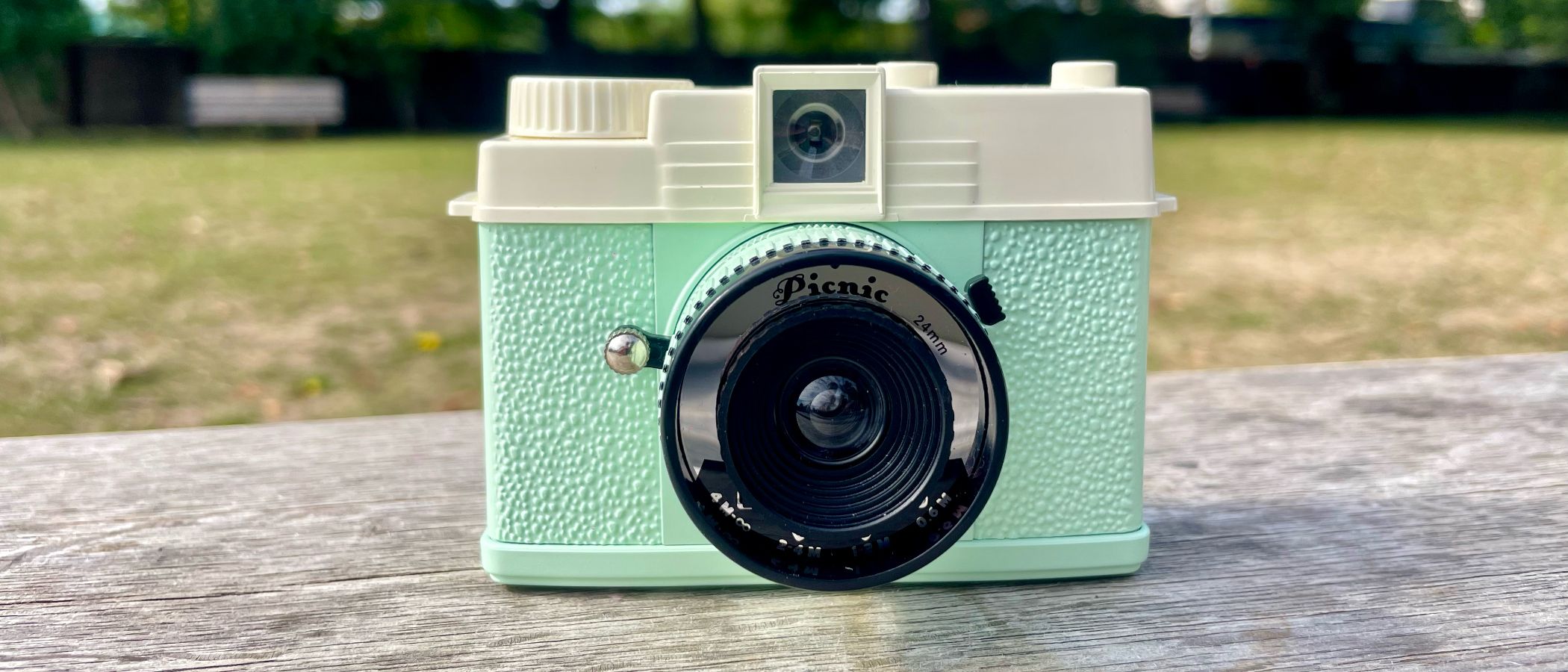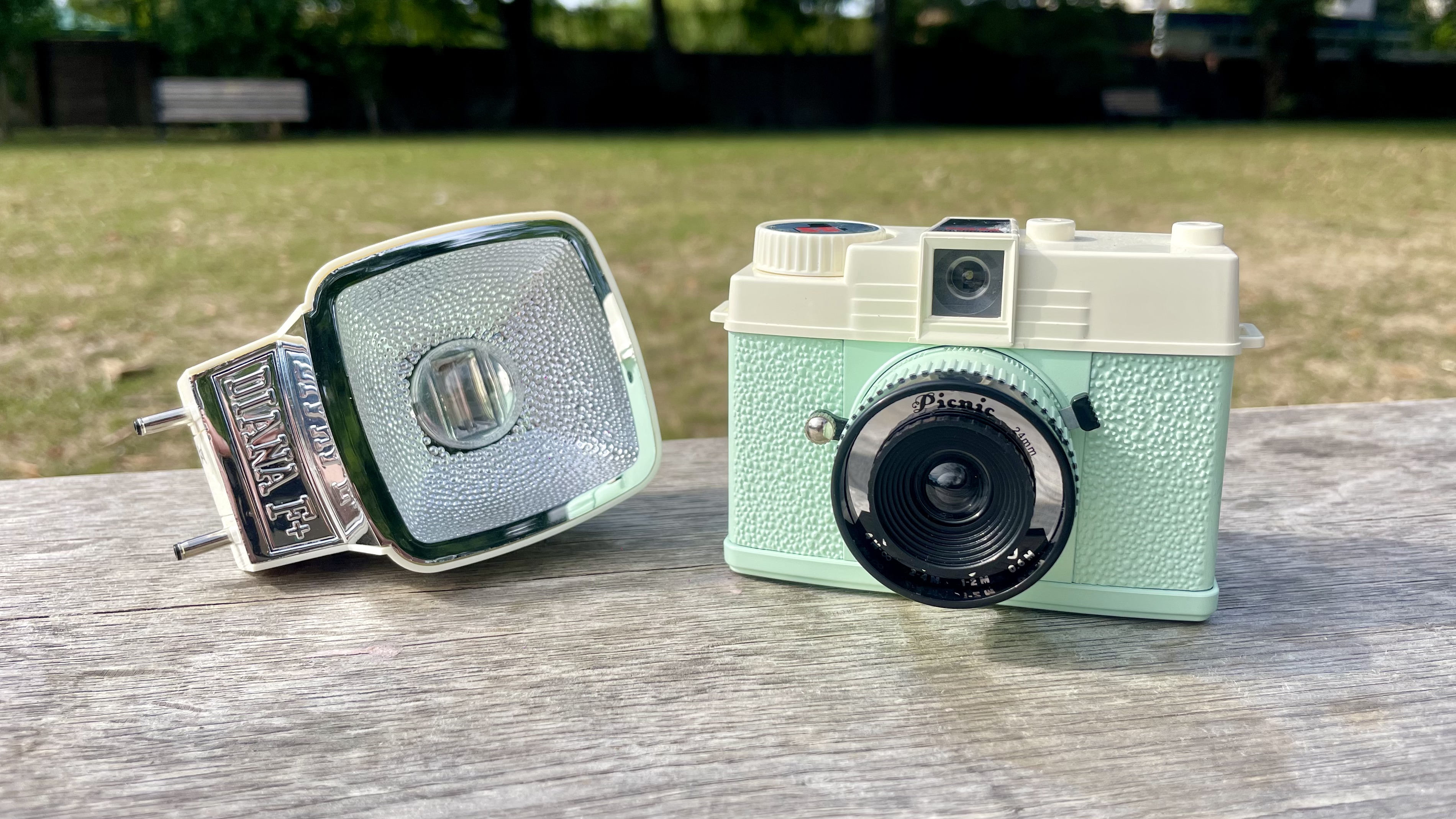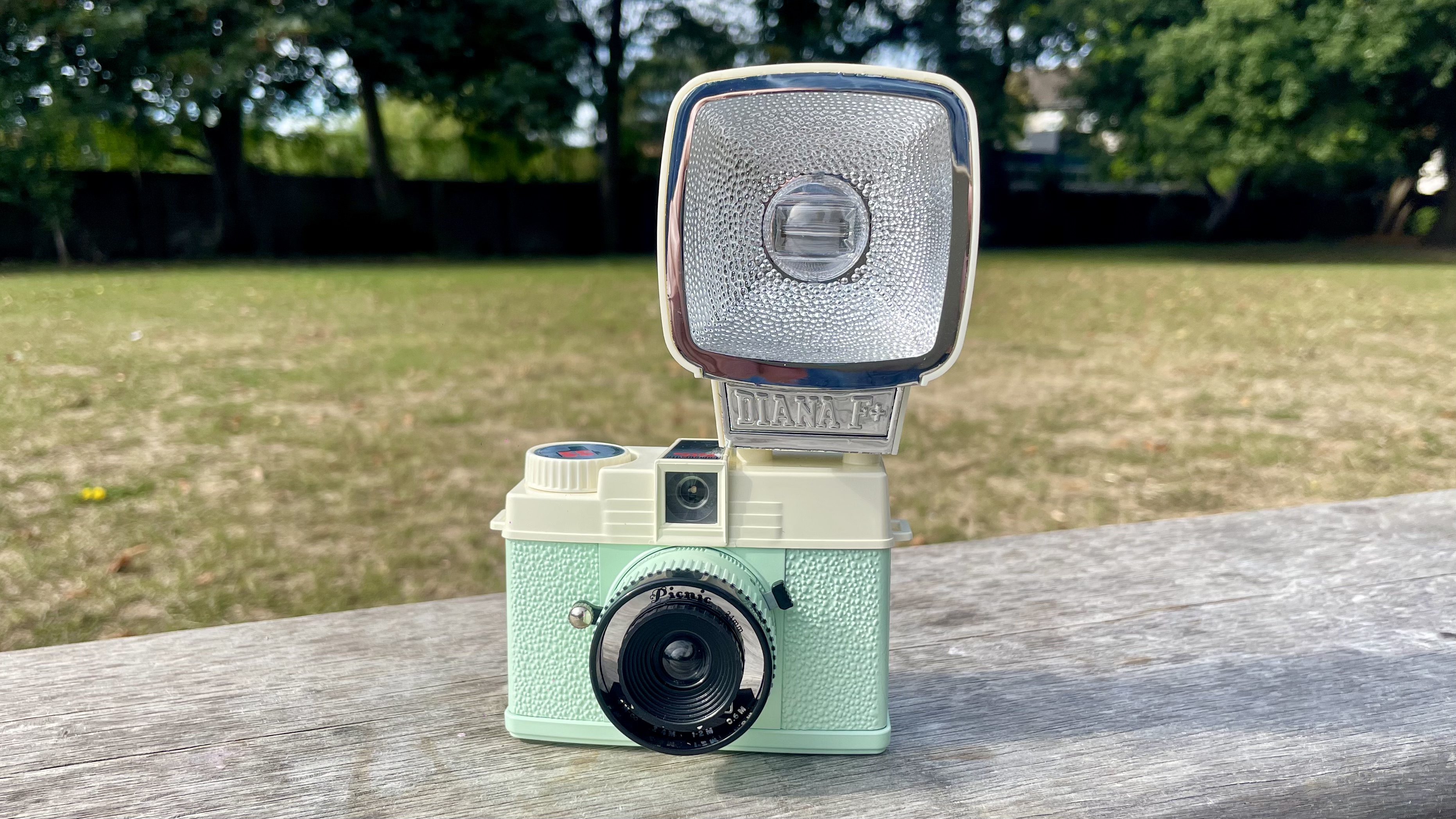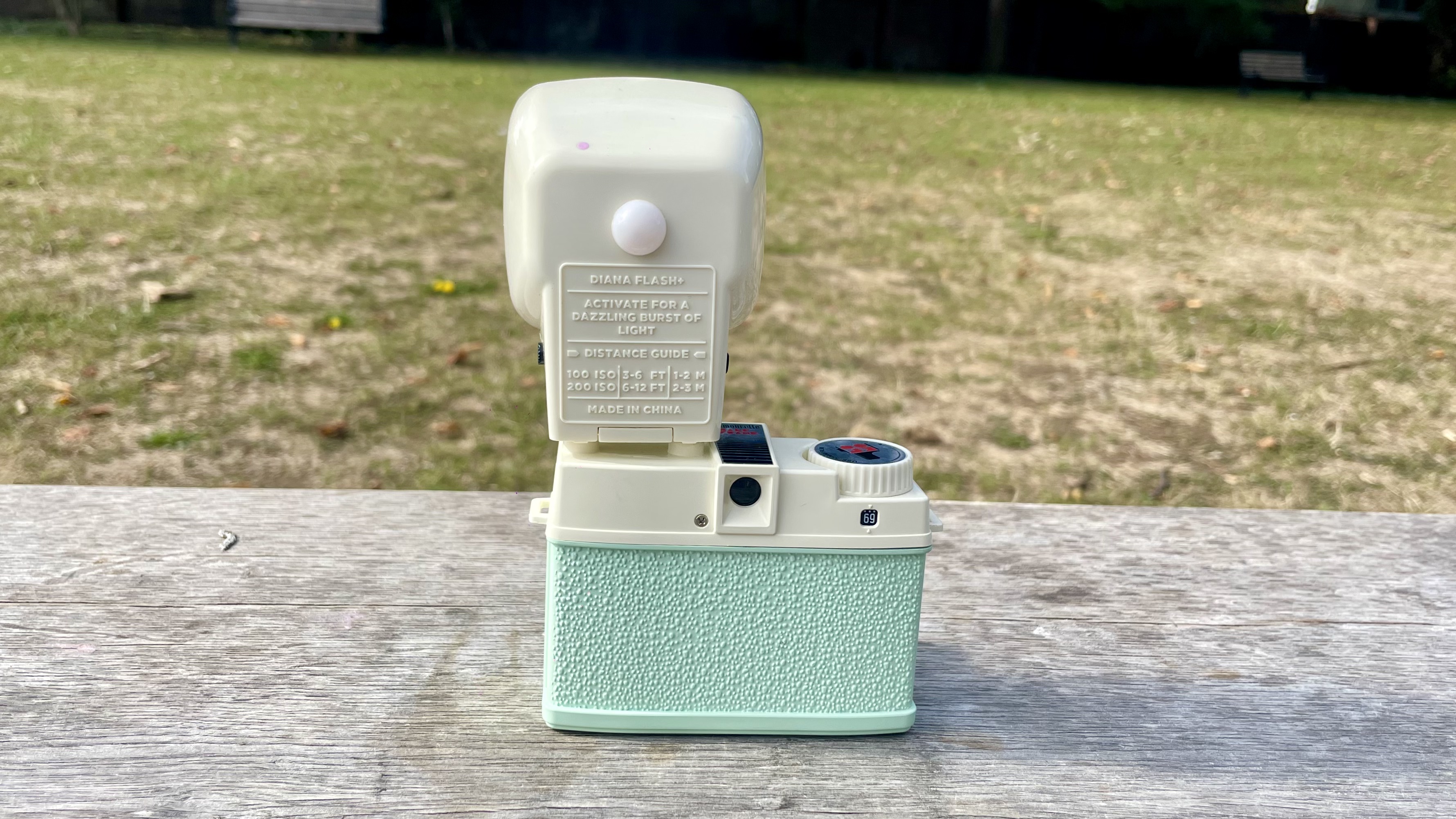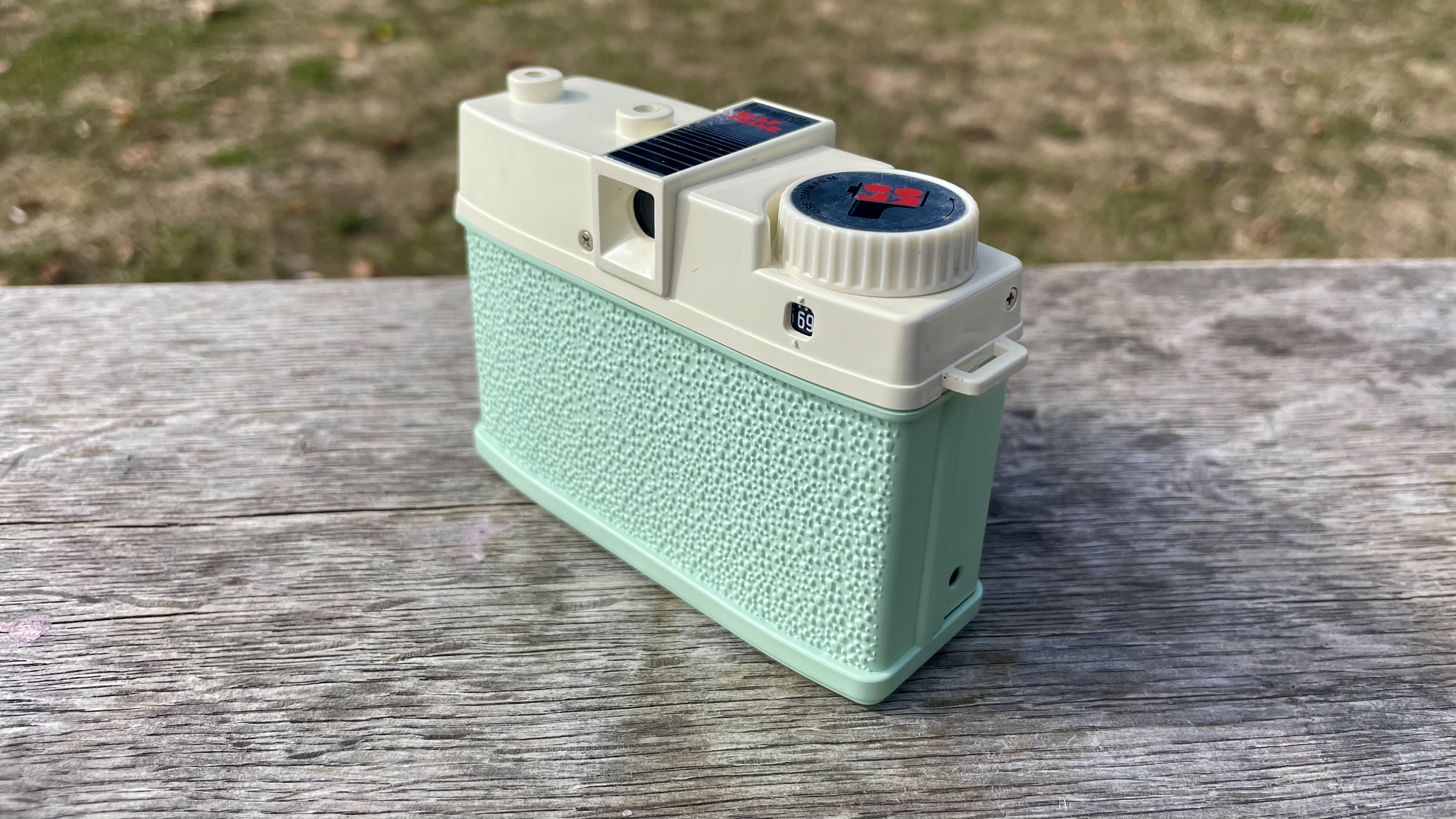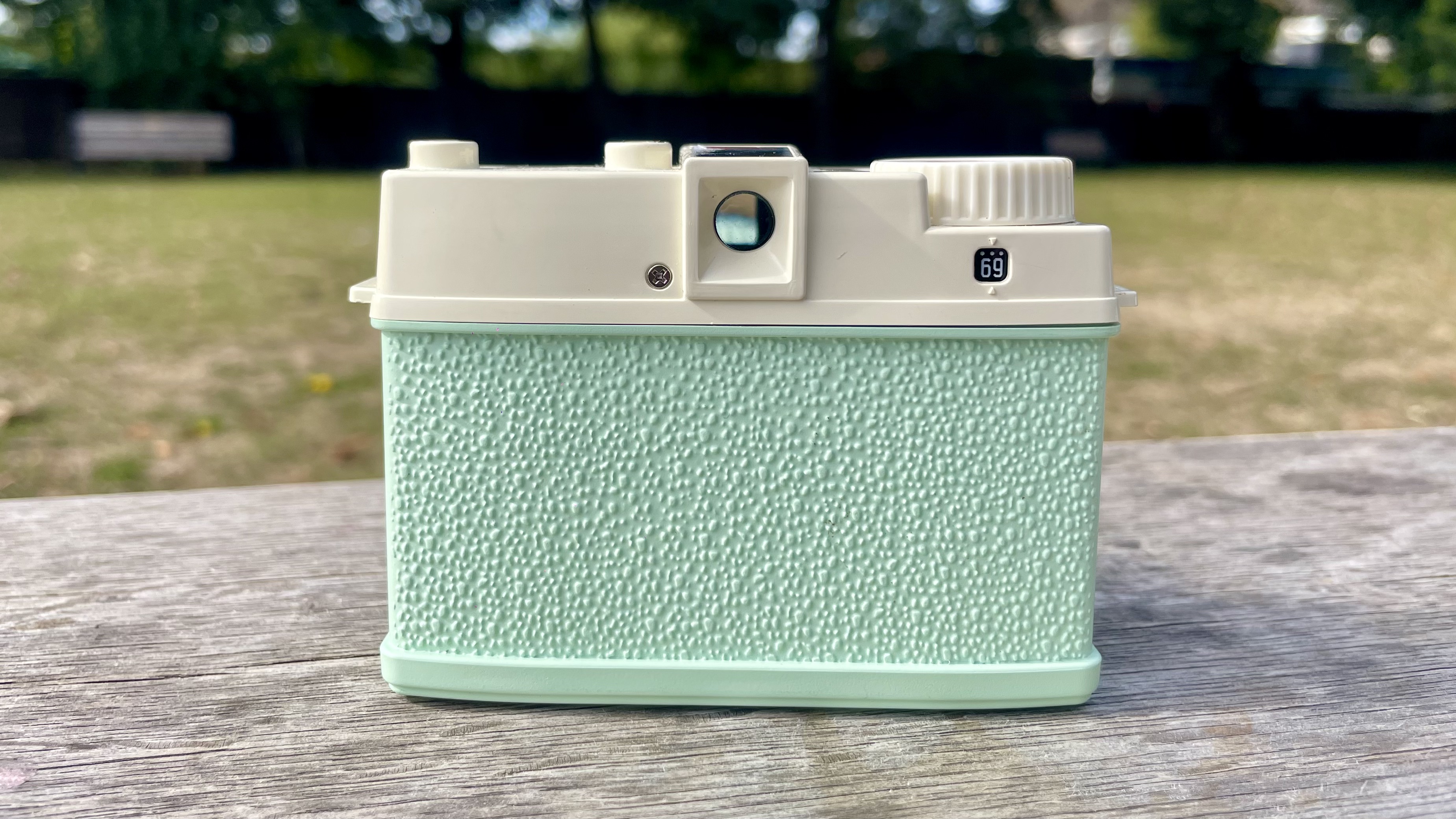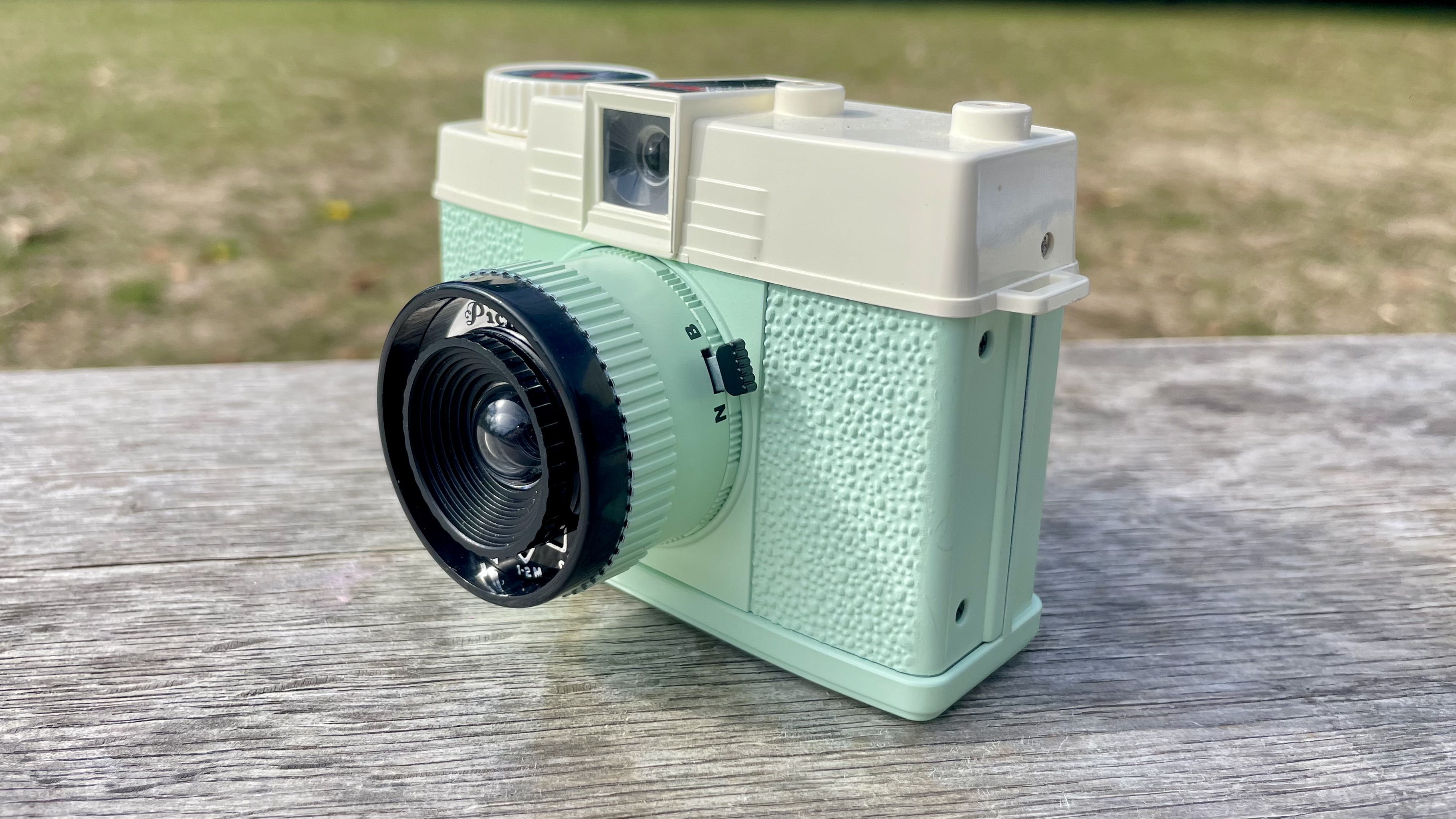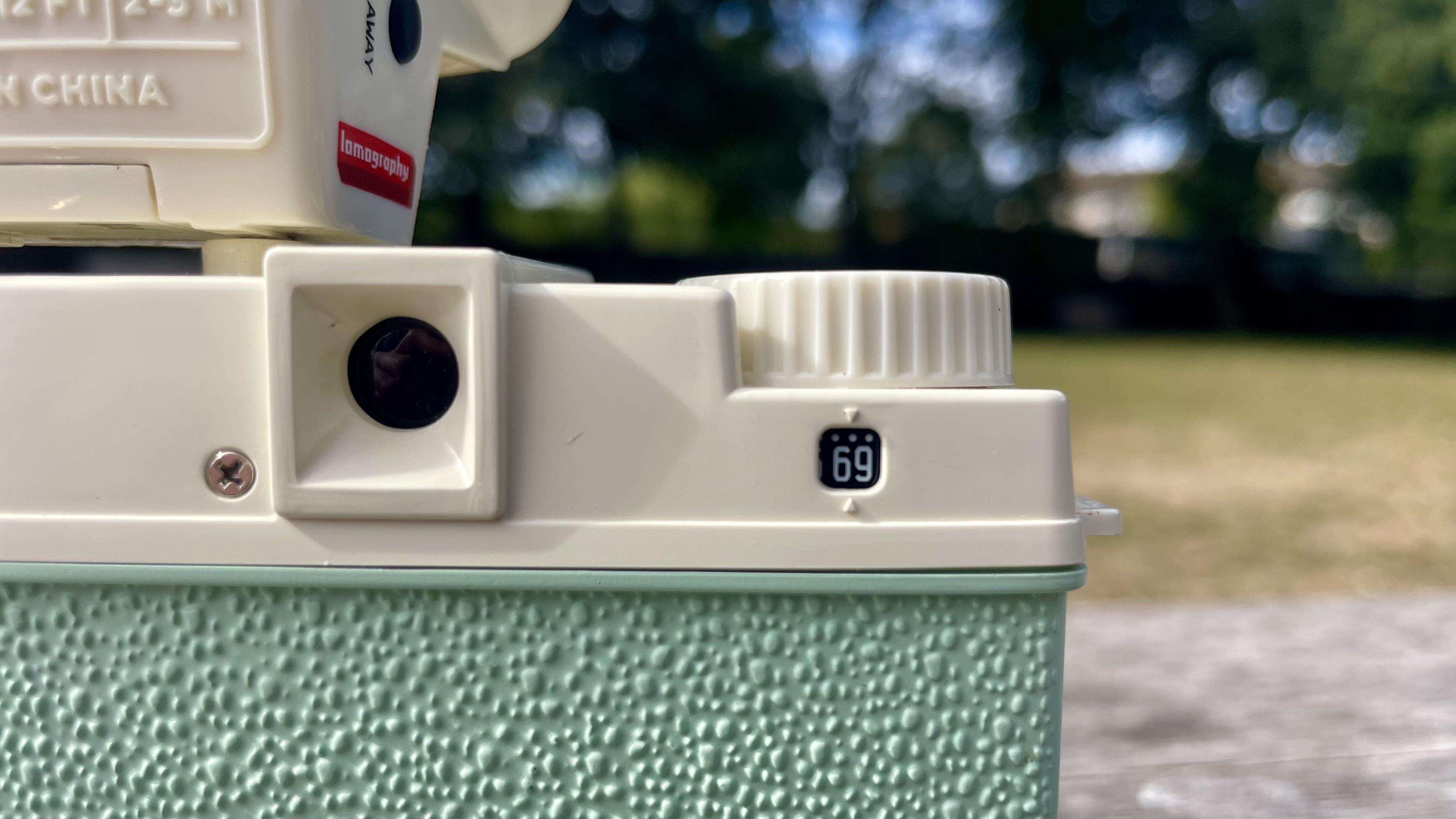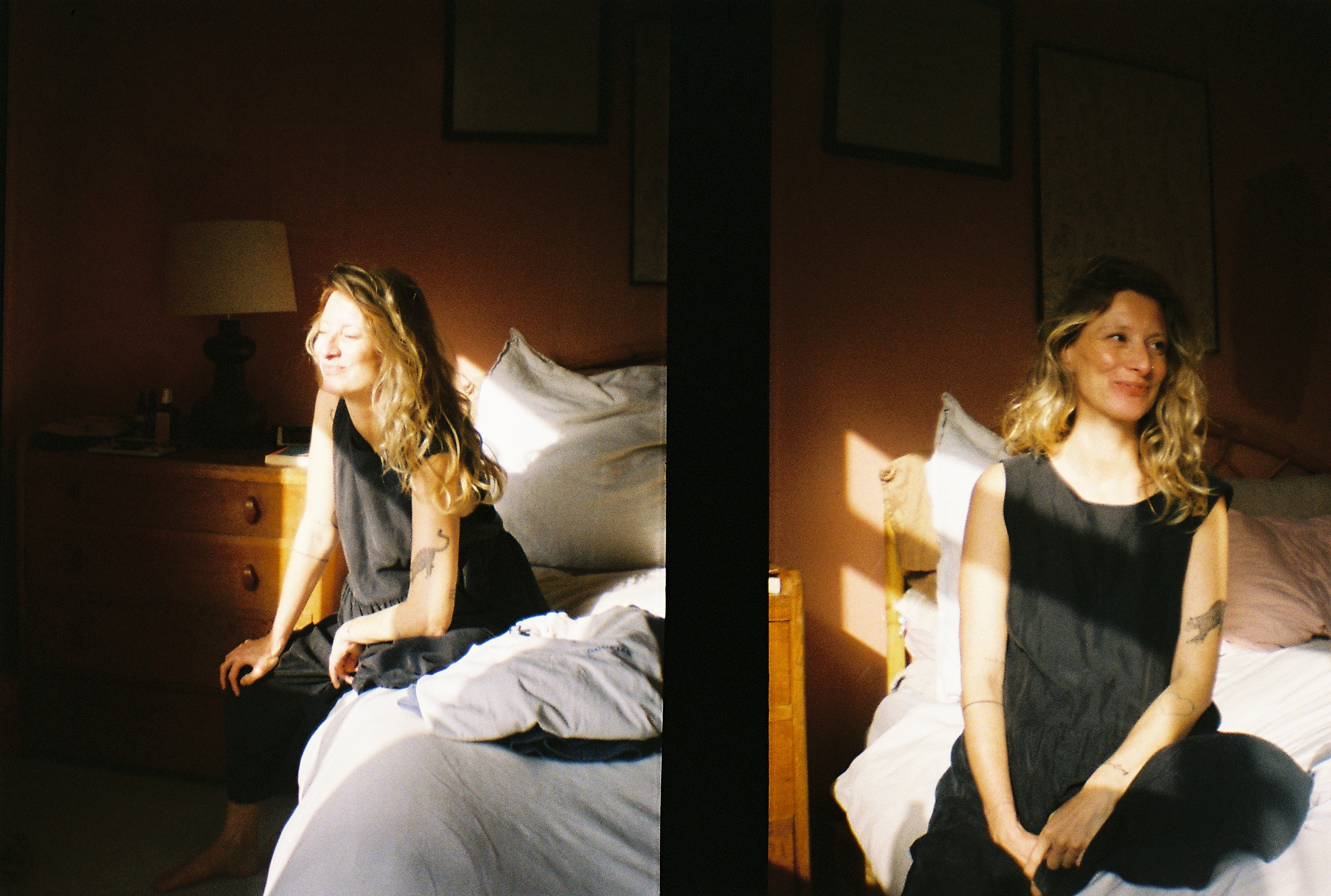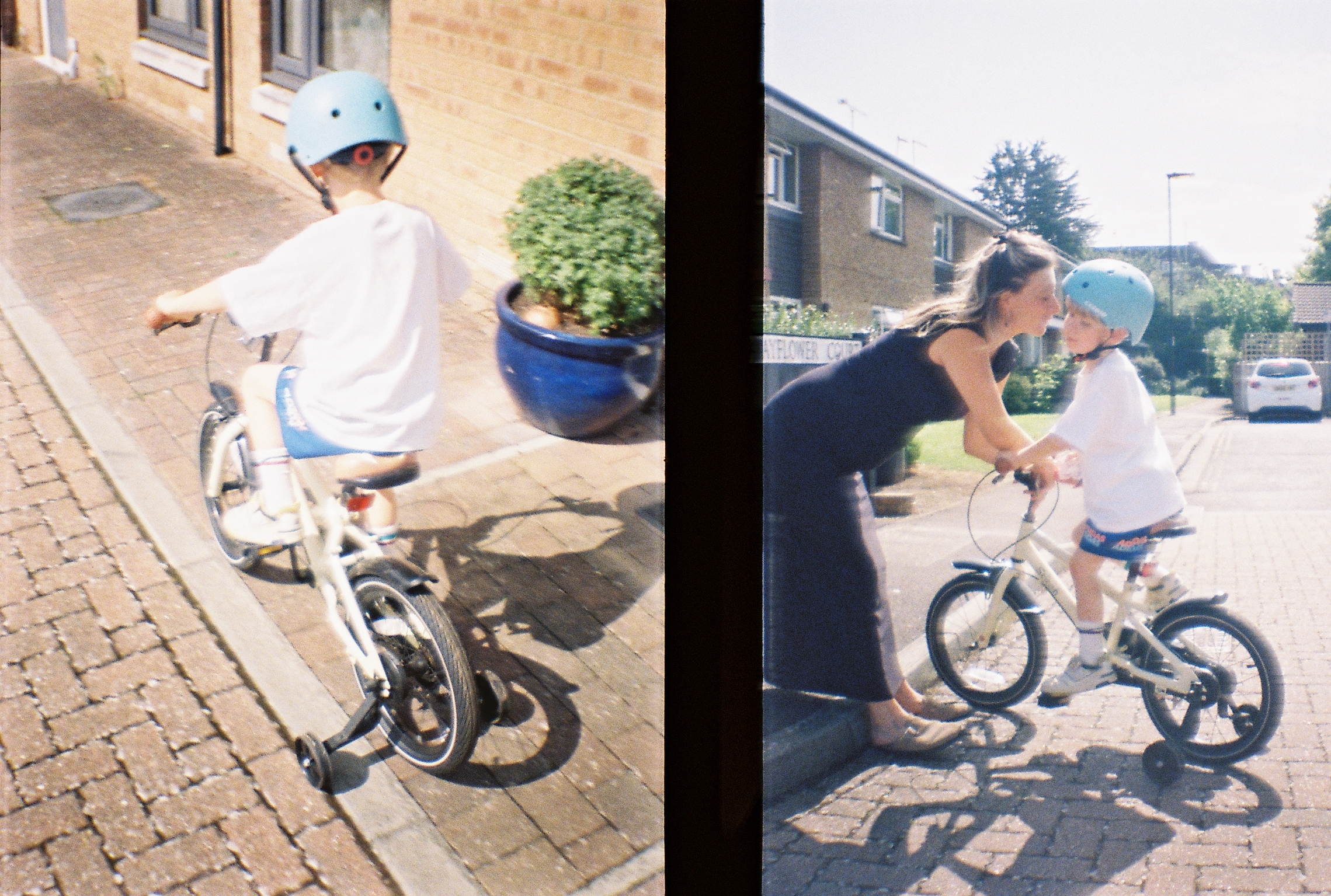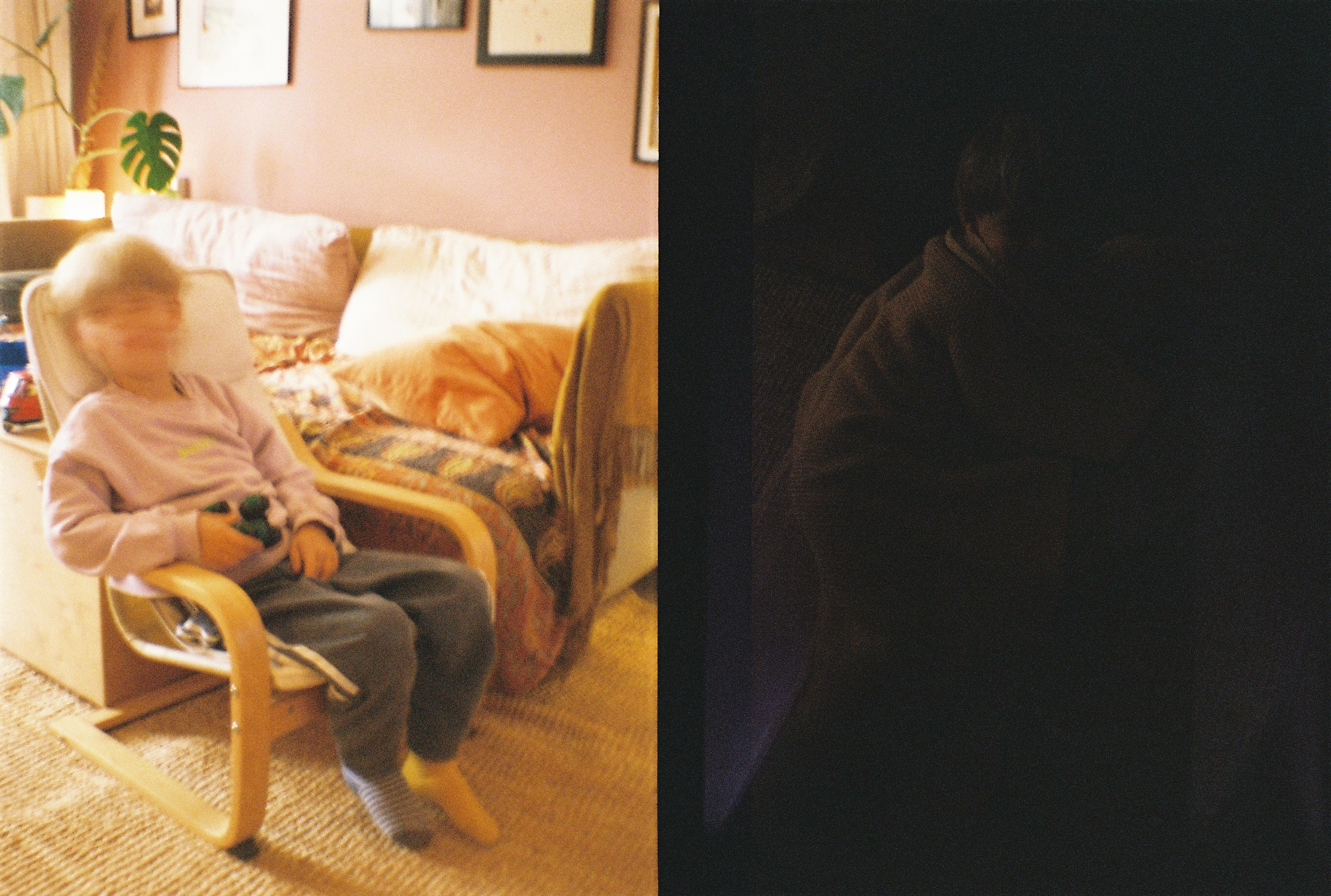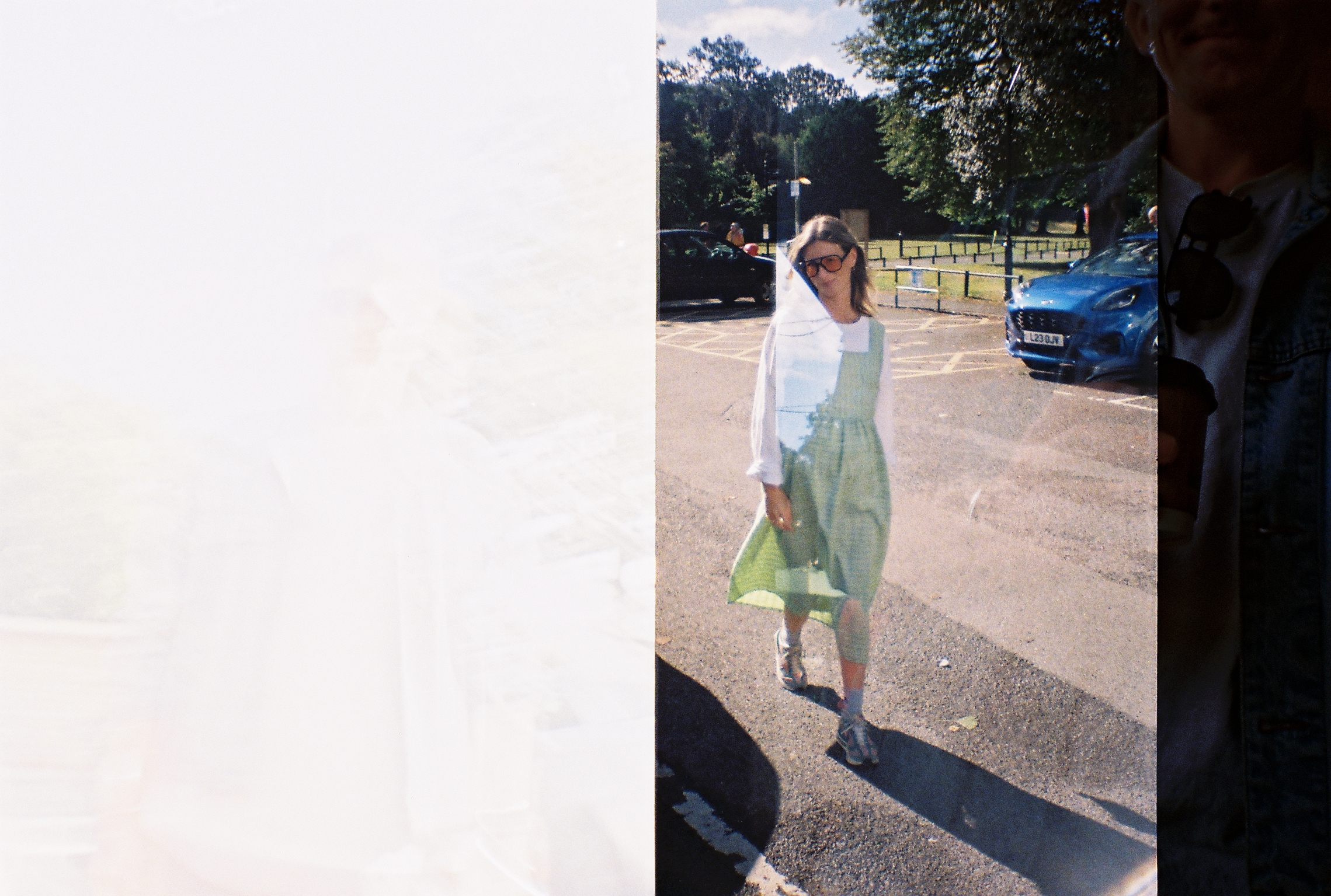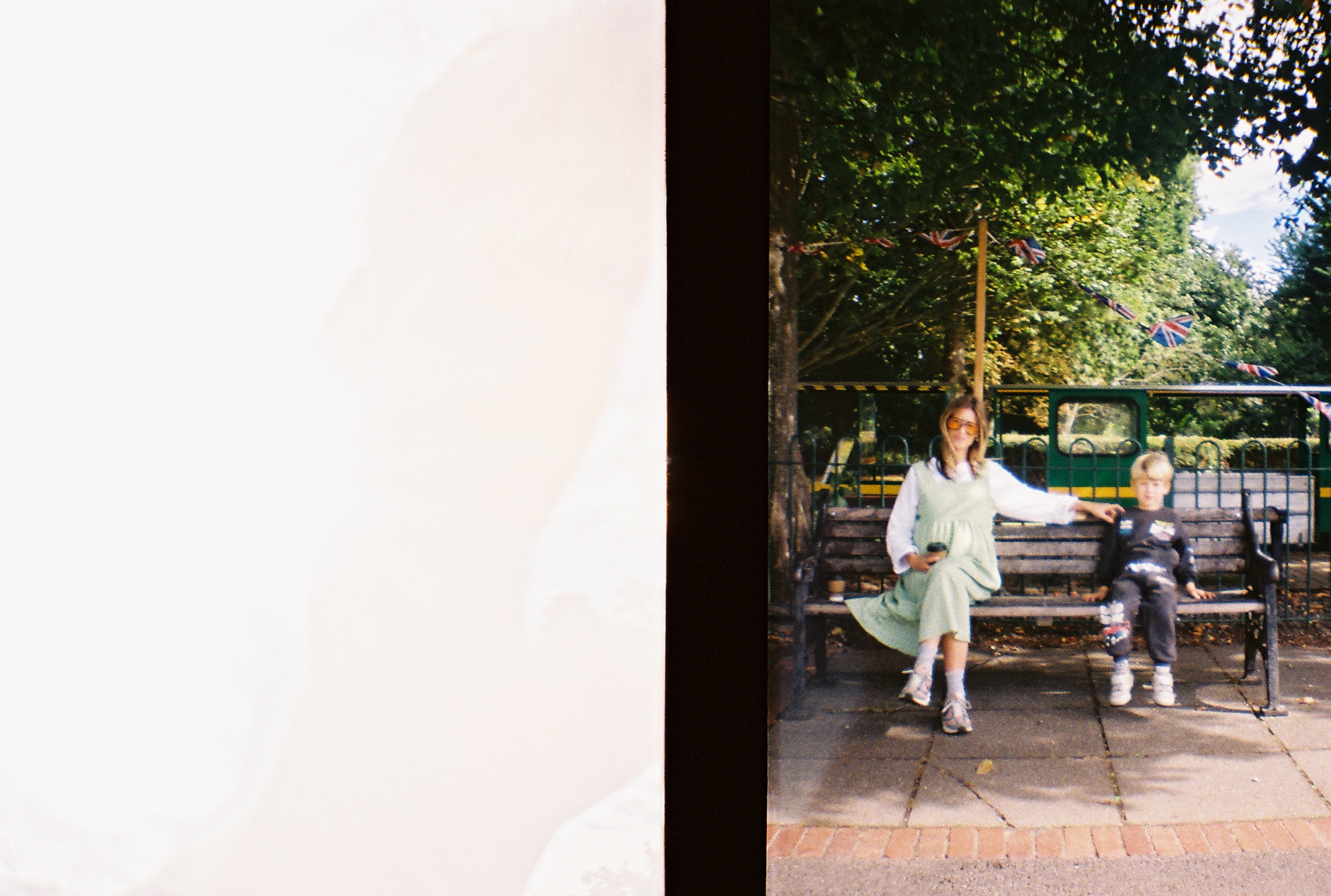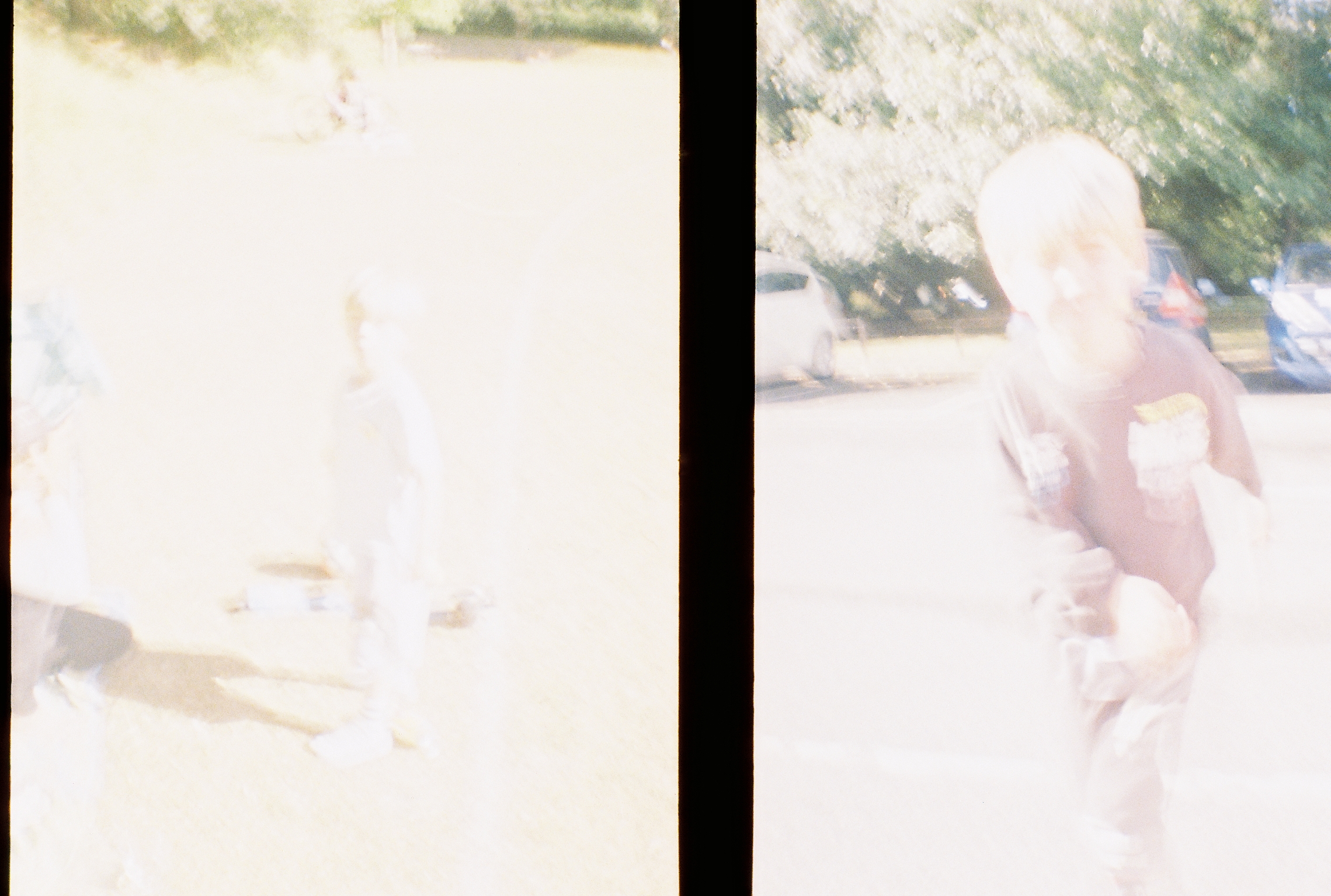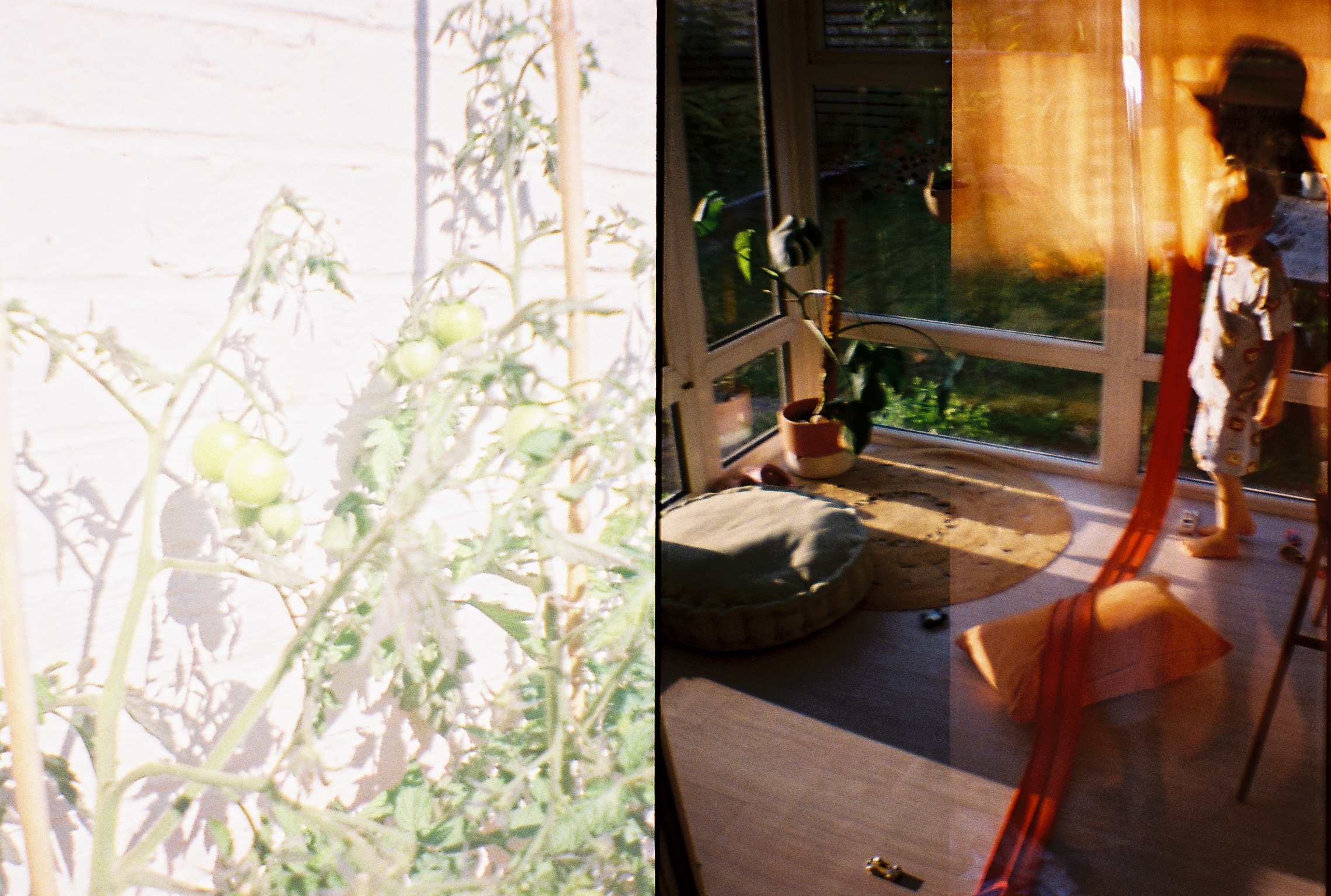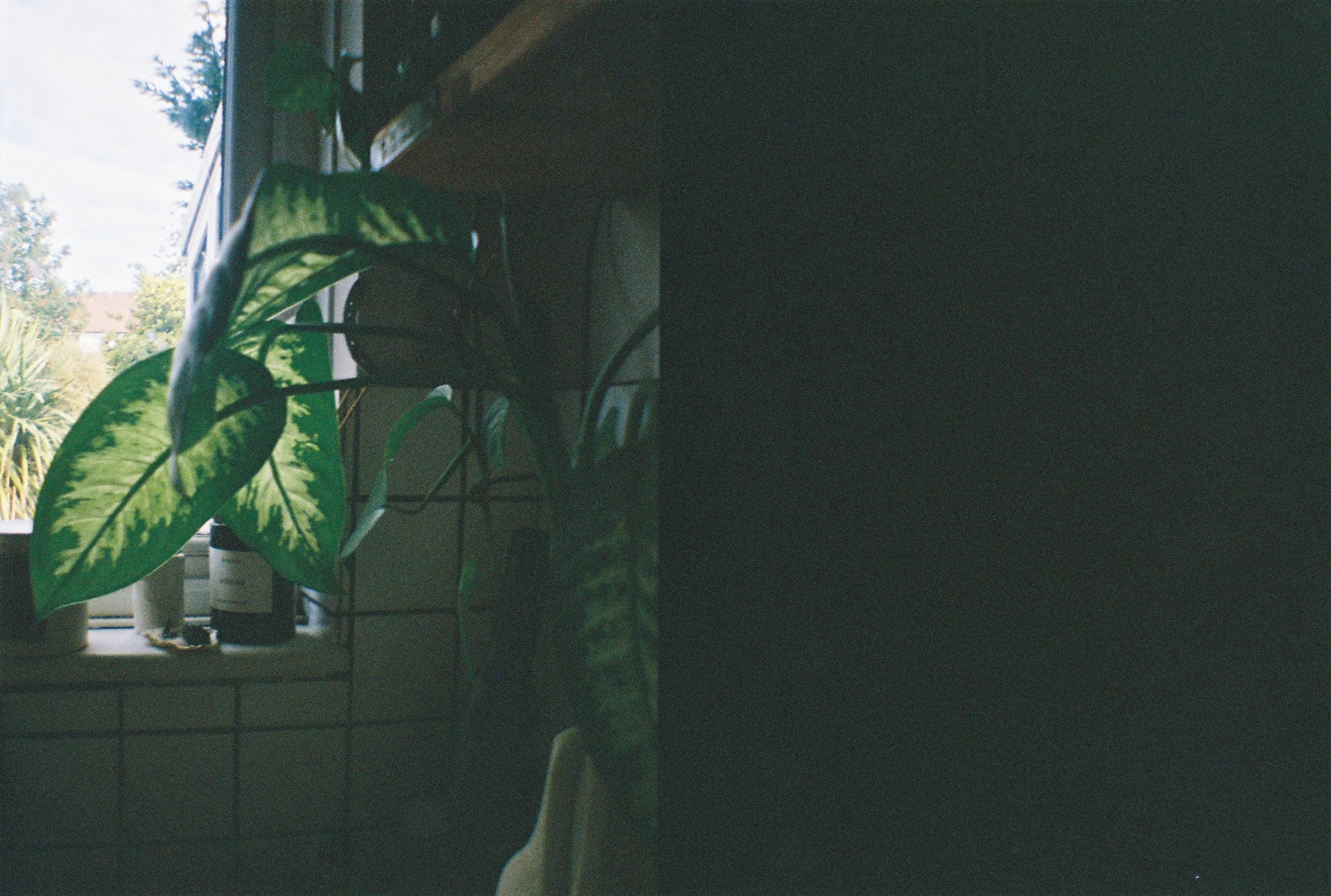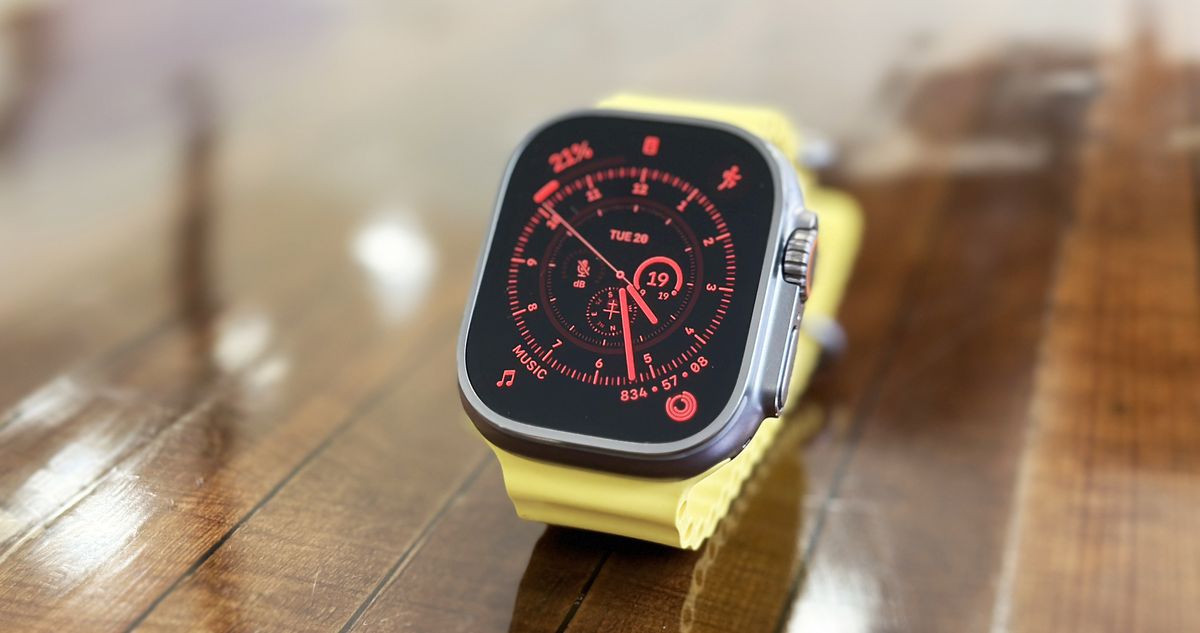Why you can trust TechRadar
We spend hours testing every product or service we review, so you can be sure you’re buying the best. Find out more about how we test.
Two-minute review
The Lomography Lomourette is a compact half-frame camera built for the fun of film photography. Lightweight, inexpensive and simple, it strips the analog shooting experience down to its creative essentials. With a fixed f/8 plastic lens, manual focus dial and two-position shutter speed lever, it’s all about finding the joy and beauty in imperfection.
In the hand, it feels every bit a toy camera. The build borders on cheap and there’s little in the way of refinement, with no aperture control or metering. What you’re getting here is a cheerful camera that embraces experimentation. The film advance wheel, for example, is independent of the shutter release, which allows for intentional or accidental double exposures.
Then you’ve got the half-frame format itself. Doubling the image count from 36 to 72, it allows you to squeeze twice the entertainment from a single roll of 35mm film, by shooting two vertical stills that sit side-by-side in the same area as a standard photo.
In use, the Lomourette can be both delightful and unpredictable. When you nail the exposure and focus distance for a given scene, it produces pleasantly grainy stills with realistic colors and surprisingly good contrast. Shot on Kodak Ultramax 400, images benefited from natural skin tones and the genuine haze of analog nostalgia, rather than a stylized recreation. The 24mm lens isn’t the sharpest, but it’s still capable of rendering impressively crisp detail and edges.
But shooting with the Lomourette also requires patience and a sense of humor. Loading film is fiddly, the focus adjustment dial is crude and the viewfinder doesn’t exactly match what the lens sees. Framing errors, light leaks and accidental overlaps are all part of the creative ride. You’re guaranteed to lose exposures along the way, usually due to under- or over-exposure. The pay-off is that the good ones capture memories with a rich, attractive look, while the happy accidents have a distinct charm of their own.
That’s not to say there aren’t frustrations. The detachable Diana+ flash is inconsistent, sometimes refusing to fire even when the ready light glows. Exposure control is entirely manual, so you’ll need to choose film that suits your shooting conditions: ISO 200 or 400 is best for bright daylight, while the Bulb mode can be used for long exposures if you’ve got a steady hand.
Ultimately, the Lomourette isn’t for perfectionists. It’s aimed at those who value spontaneity over total control. This is a budget plaything for film newcomers, experimental shooters and anyone who wants to rediscover the joy of photography without the pressure of technical mastery. It’s a low-stakes way to play with film and embrace the magic of analog unpredictability.
If you’re after a dependable film camera that delivers consistently sharp, perfectly exposed images, you’ll want to look elsewhere. But if you like the idea of a pocketable, characterful camera that makes every frame a small surprise, the Lomography Lomourette is a refreshingly care-free reminder of what makes film photography fun.
Lomography Lourette: price and availability
The Lomography Lourette costs $69 / £65 and is available now, in multiple colorways, through the Lomography website and other retailers. The Diana+ flash is bundled with the camera, as are colored gel filters.
Lomography Lomourette: specs
|
Lens: |
24mm plastic lens |
|
Focus: |
0.6m, 1–2m, 2–4m, ∞ (infinity) |
|
Lens Aperture: |
f/8 |
|
Shutter Speed: |
1/60sec, Bulb (B) |
|
Film Format: |
half-frame (using 35mm film) |
|
Flash: |
Yes, with Diana F+ attachment |
|
Power source: |
1x AA battery |
|
Weight: |
3.9oz / 110g |
Lomography Lomourette: design
Compact, bright and light, the Lomography Lomourette feels more like a toy than a serious photography tool. That’s entirely the point: this is a playful analog camera that comes in on a tight budget. Like the original Diana camera of the Sixties, the Lomourette’s body and lens are made of plastic, with no frills to sweeten the deal.
There’s some rounded detailing up top and a textured effect on the main body, but little about the Lomourette feels premium. It weighs next to nothing and there’s a sense of bargain basement about the assembly. That said, it also somehow feels robust enough to survive at the bottom of a family backpack. And if it doesn’t, the low cost means you’re unlikely to lose sleep over it.
Controls here are kept deliberately simple. There’s a shutter speed lever to toggle between normal (1/60sec) and bulb for long exposures, alongside a shutter release lever to the photographer’s right. On the front of the lens is a rotating dial which can switch focus between four subject distances: 0.6m, 1-2m, 2-4m and infinity. What you don’t get is any control over the aperture. Unlike other Lomography cameras, the lens here is fixed at f/8.
On the top plate, you’ll find a mount for the Diana+ flash attachment, as well as a film advance wheel. The latter operates independently from the shutter. That means you can fire off multiple exposures on the same frame, intentionally or otherwise. It’s a creative feature, but also one of several quirks that can trip up beginners. If you don’t want fully or partially overlayed exposures, you’ll need to make sure you’ve fully wound on between shots.
The flash itself is a detachable unit powered by a single AA battery, its two prongs slotting neatly into their dedicated holes. In keeping with the camera’s pared-back personality, the flash doesn’t feature any kind of exposure or intensity control. It’s either on or off, although you do at least get a ready indicator and the option to test-fire first.
Everything is easy enough to find your way around with your fingers, even if the amount of play in the controls is testament to the cost cap. Bigger digits may also find it difficult to rotate the focus distance dial: rather than gripping the outer edge of the lens, you need to get your tips into the inner section and twist, which is easier said than done.
Loading film can also be tricky. Due to the small size of the teeth on the take-up spool, getting the film leader to catch can take a few tries. Likewise, the rewind lever needs to be perfectly aligned with the canister before the back panel and main body can be latched back together using the door switch. It all becomes a bit easier once you’re familiar with the process, but it’s a reminder that loving the Lomourette requires a little patience.
As you’d expect from a budget film camera, the viewfinder isn’t linked to the lens. This makes it easy to accidentally shoot with the lens cap still on. Even when it’s off, the viewfinder only gives a modest window for your eye to work with, and what it shows doesn’t perfectly reflect what’s being framed by the lens.
These are just some of the facets which increase the margin for error when using the Lomourette. They arguably add to its character: you can’t use it expecting the precision of a digital camera or the sophistication of a more advanced film compact. Instead, the Lomourette rewards a relaxed approach, where missed exposures and happy accidents are part of the creative process.
The half-frame format is a perfect fit for this fun-first ethos. It doubles your exposures from 36 to 72 on a standard roll of 35mm film, splitting each frame into two portrait shots. That makes it great for storytelling in pairs or simply getting more value from your film. It also makes the resulting images half the size, which helps to hide any shortcomings in the optical quality.
Lomography Lomourette: performance
Like many of Lomography’s cameras, the Lomourette is more about feel than fidelity. Yet despite its plastic lens, many of the stills it produces are real keepers. While its image quality was never going to rival that of a more serious film camera, I was pleasantly surprised by how much contrast and clarity it captured.
Shoot in bright daylight and you’ll find that the Lomourette often delivers an attractive balance of realism tinged with nostalgia. Shadows and highlights are rendered with more depth than expected, while colors come through with a surprisingly natural hue, particularly skin tones.
Shooting on Kodak Ultramax 400, I found that stills have the quality of real memories from the mind’s eye: not too tinted, just an honest – if slightly warm and fuzzy – record of the scene. It stops short of the rose-tinted romanticism you encounter with some of the best instant cameras, leaning instead into the honest, grainy character of film.
The Lomourette’s 24mm lens doesn’t resolve a huge amount of detail, but it’s not as soft as you might expect. Nail the focus distance and you can get clean, defined edges. I shot stills sharp enough that text on clothing or the rim of a coffee cup stood out clearly, even through the haze of film grain. Zoom in and there’s enough detail to crop a single half-frame for sharing or use as a phone wallpaper.
That said, consistency isn’t the Lomourette’s strong suit. Exposure can vary wildly between frames, especially when lighting conditions change. Some shots are washed out, others underexposed. That’s just part of the deal. Without a light meter, it’s down to you to read the scene and shoot according to your film and the available light. ISO 200 or 400 is a good starting point. The ‘normal’ shutter speed of 1/60sec is just about fast enough for handheld shooting in daylight. Indoors, you’ll either need to use the flash or shoot a long exposure with the bulb mode.
My hit rate was probably 60%, with the rest affected by errors. Many of these were simply too dark or blown-out to be usable. But other shots with technical issues proved to be unexpectedly artistic. For example, overlapping frames produced layered compositions that felt intentional even when they weren’t, with shadows and light streaks crossing the border between stills.
Focus adjustment is fiddly but functional. The four-step dial is imprecise and tricky to twist, but it works well enough. Even when the focus isn’t perfect, gentle blurring adds to the lo-fi aesthetic. Soft fuzz provides a patina that complements the richness of the results, with slight barrel distortion adding further character. This is a camera that celebrates imperfection.
The only real frustration was the flash. When it fired, the detachable Diana+ flashgun produced a burst of light that gave life to low-light stills, particularly close-up indoor portraits. But despite testing its functionality and ensuring the ready indicator light was lit, there were several occasions where it simply didn’t fire, resulting in wasted exposures.
For such a simple camera, the Lomourette gets you thinking about film speed and shooting conditions. It would be easy to feel frustrated by the shots lost to errors. Yet playing with it isn’t meant to be about technical perfection. If you’re willing to surrender to the process and celebrate the attractive analog shots it does yield, the Lomourette is a lot of fun to shoot with.
Should I buy the Lomography Lomourette?
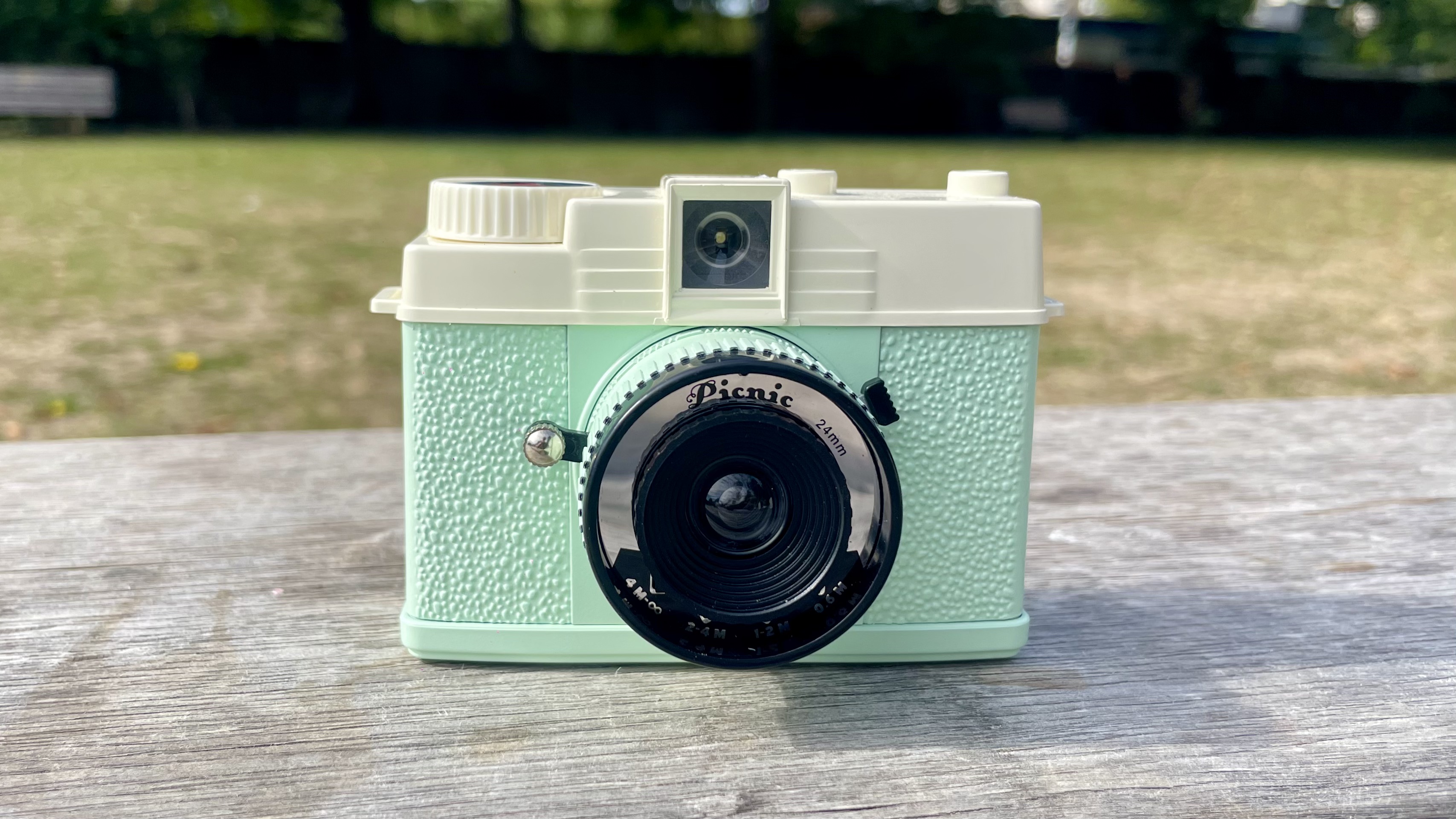
Buy it if…
Don’t buy it if…
How I tested the Lomography Lomourette
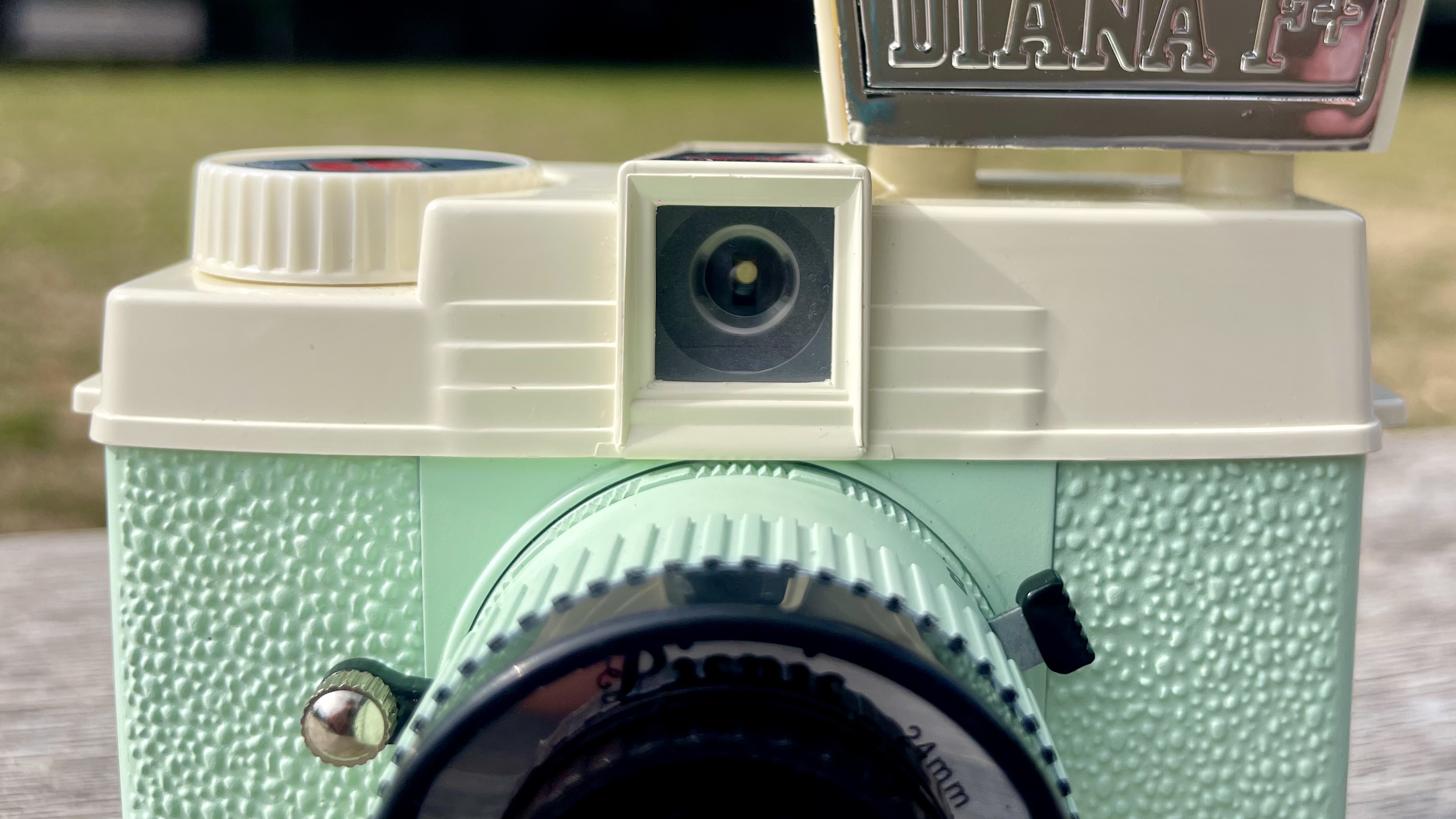
- Tested over two months
- Shot 1.5 rolls of film
- Used in different lighting
I used the Lomography Lomourette for two months to get a proper feel for its quirks and creative potential. During that time, I shot a full roll of ISO 400 and a partial roll of ISO 200 film. To mirror how most people are likely to use the Lomourette, I tried it both indoors and outdoors, in a variety of lighting and weather conditions.
I threw the Lomourette in a backpack for several family outings, to see how its build stacks up in everyday use. I also handed it to a six-year-old for a true test of how intuitive it is for anyone to pick up and shoot with.
I made sure to work my way through every one of the camera’s controls and settings. That meant loading it up with film and winding it on, then doing the reverse when the roll was finished. It also meant experimenting with the Diana+ flash attachment, using the camera’s bulb setting for long exposures and exploring its four-step focus to see how accurately the distance measurement affected subject sharpness in the resulting exposure.
After having the negatives developed and scanned, I reviewed every frame to evaluate color accuracy, exposure consistency and overall image quality. This approach – both analytical and holistic – gave me a genuine picture of how the Lomourette performs in the real world.
First reviewed October 2025









